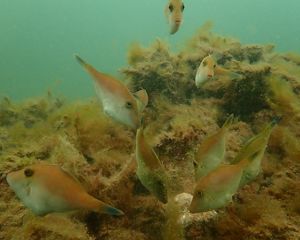Shuck Don't Chuck: shell recycling project
Turning restaurant waste destined for landfill into new shellfish reefs
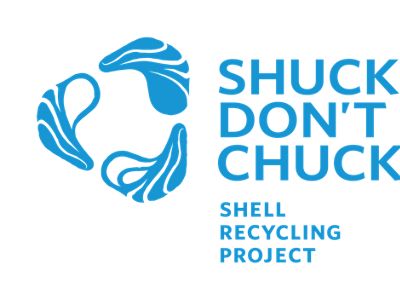
Growing native oysters for our reef restoration work can be a tricky business. In order to grow, juvenile oysters require a hard surface to settle on, preferably another oyster shell or something similar like a mussel or scallop shell. Historic dredge fishing removed much of the existing oyster shell from places like Port Phillip Bay in Victoria and Gulf St Vincent in South Australia. The resulting lack of hard shell substrate is one of the key factors preventing oyster reefs from re-establishing naturally in these areas.
Reinstating a natural cycle
To help reinvigorate this natural cycle, we have partnered with B-Alternative to run a shell recycling project we call Shuck Don’t Chuck. Here’s how it works:
- Firstly we collect used oyster, mussel and scallop shells from restaurants, venues and seafood wholesalers in areas near some of our reef restoration projects.
- Secondly, the shells are cured to kill off any diseases by laying them out in the elements for at least six months.
- When they’re ready they are used as new reef base or bagged up and placed in hatchery tanks where juvenile oysters are added to attach to the shell surface.
- Finally as part of the reef restoration process, the tonnes of recycled shells, settled with juvenile oysters, are taken to our reef restoration sites and spread over limestone rubble we’ve already placed on the seafloor, to begin life as a new shellfish reef habitat.
This technique has been used successfully by The Nature Conservancy in the United States and around the world for more than 15 years.
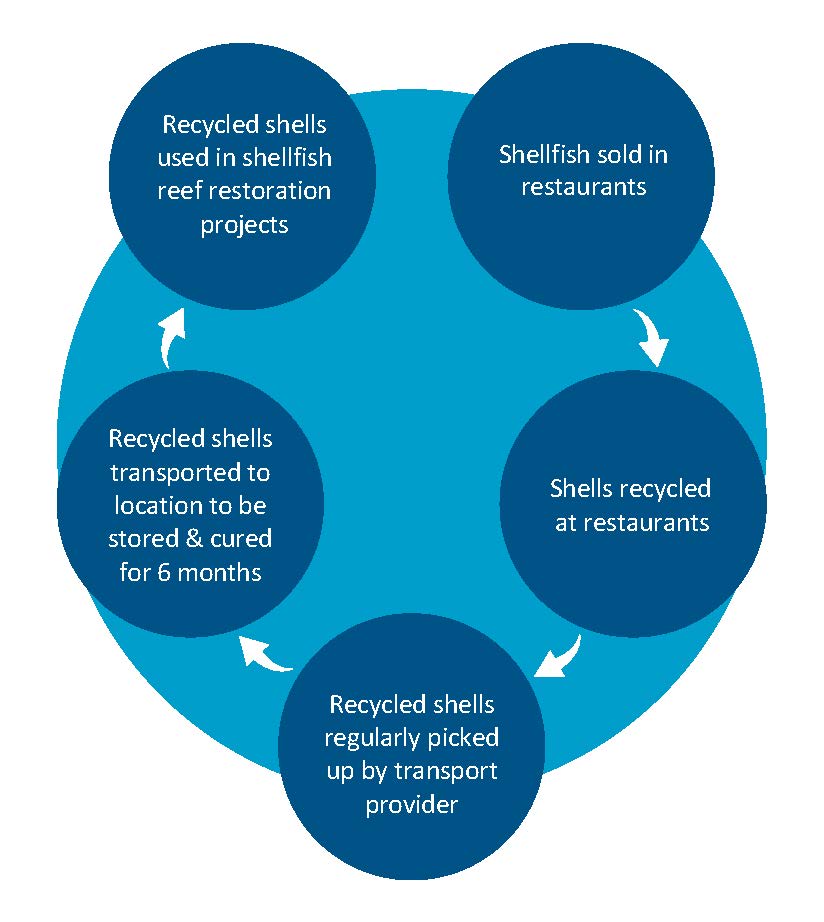
Shell Recycling
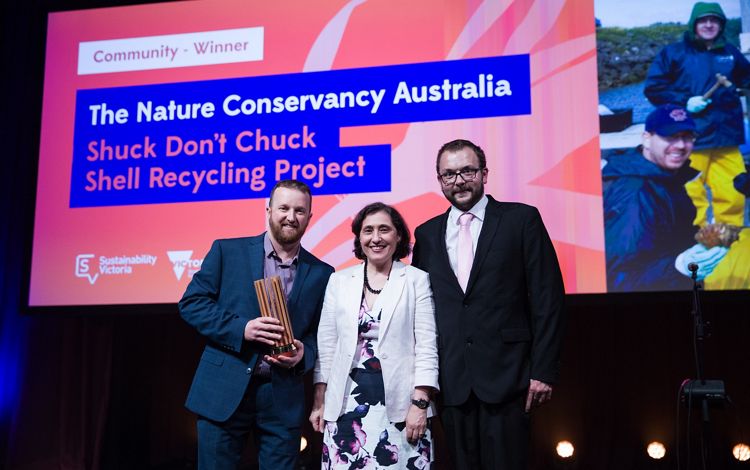

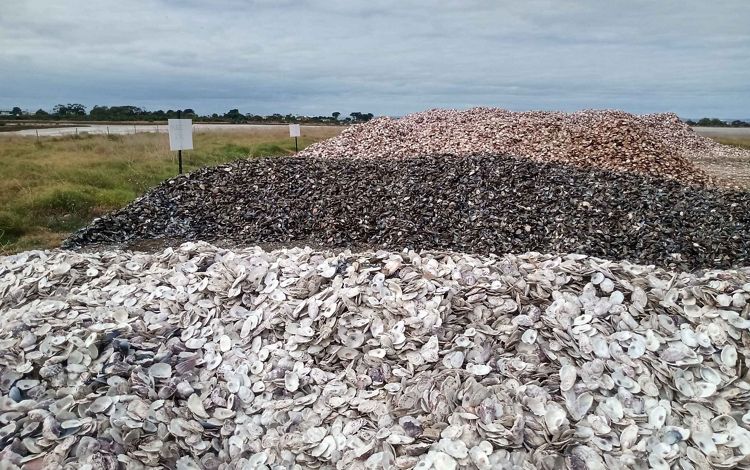
Community involvement
We’re always on the lookout for more hospitality venues in Geelong and Melbourne who’d be interested in joining the project to recycle their seafood shells. To find out more, please contact us.
The Nature Conservancy acknowledges the generous support of all our partners on this exciting and impactful project.
You can help us restore shellfish reefs across southern Australia
Just $35 per month for a year, can buy enough oysters, mussels and limestone to build 8m² of reef


